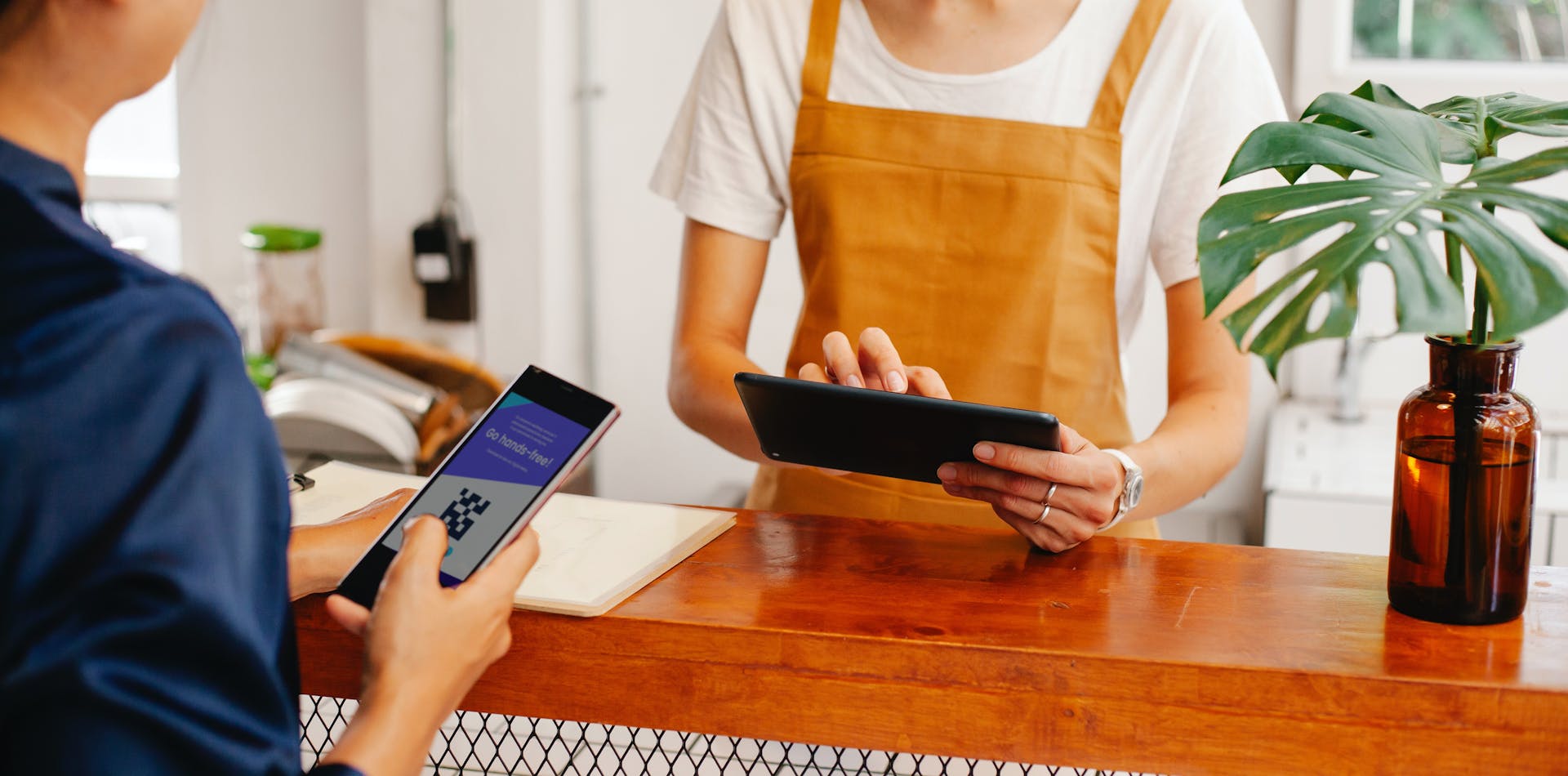
The restaurant industry is an innovative place, and the technology used by owners, staff, and eaters is always changing. Recently, one piece of restaurant tech in particular has attracted significant conversation: QR codes. These blocky black-and-white icons are becoming more common in dining rooms every year, and have drawn vocal advocates and detractors alike. Strong points on both sides of the discussion can lead overwhelmed restaurateurs to ask: Are QR codes useful for my restaurant? Let’s find out!
As a solution suite that offers our own QR code services, we understand the pros and cons of this technology. QR codes are a business expected to reach $33 billion within ten years, and they’re already present in most industries. So why are they being so closely scrutinized in the world of restaurants? Why have customers and restaurateurs formed such heavy opinions on their usage? Forming an objective standpoint on such a hot topic is tough, so here are the facts on restaurant QR codes and restaurant order management.
Why are QR codes being used in restaurants?
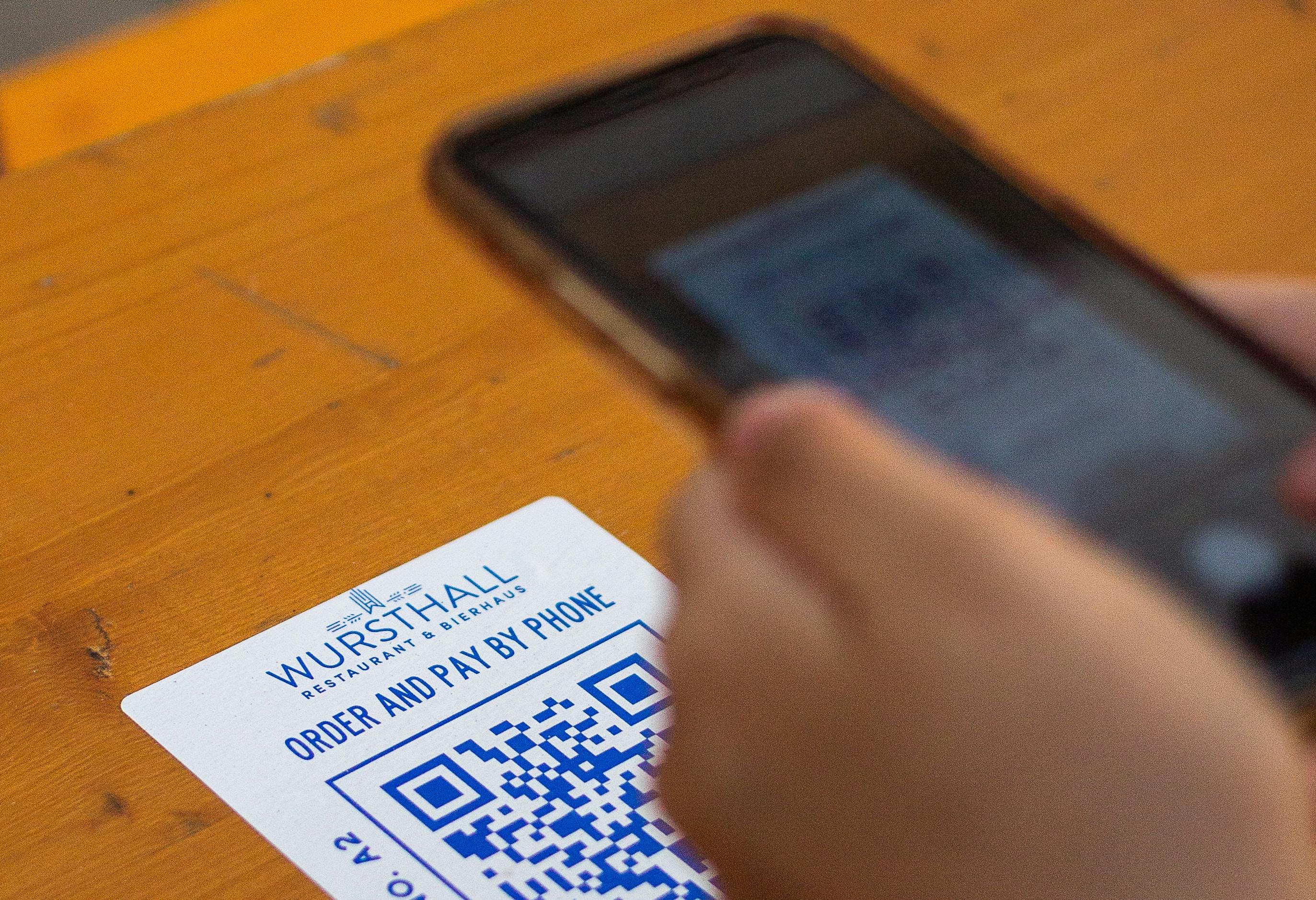
Before we dive into the restaurant QR code debate, let’s understand why these codes exist in our industry at all. Certain eateries have used QR codes since their mainstream introduction over the last decade, but this tech really took off in 2020. During the COVID-19 pandemic, many restaurant owners and customers questioned the hygiene of sharing print menus. To reduce cross-contamination in the dining room, people turned to using their phones to scan QR menus.This limited in-person contact, keeping customers healthy.
Once pandemic-driven health restrictions were lifted, some additional benefits of QR menus became clear. They were easier to distribute, could be produced inexpensively, were more eco-friendly than print menus, and kept kitchens running smoothly. As restaurants continued to adopt new technologies, QR menus became a natural element of digital solution suites. The data generated from them could be fed into integrated POSs and online menus, keeping technologically-empowered restaurants organized and productive.
Of course, menus aren’t the only way QR codes are used in today’s restaurants. Platforms like OpenTable use QR codes to verify reservations, eliminating confusion for front-of-house staff. Many restaurants also use QR codes as promotional tools, giving eaters an easy way to view specials and offers. In certain tech-heavy areas, QR codes are now a common payment method, reducing the time needed to complete a sale. Throughout all these contexts, QR codes are used by diners and staff to make the restaurant experience faster and easier.
Why are people debating restaurant QR codes?
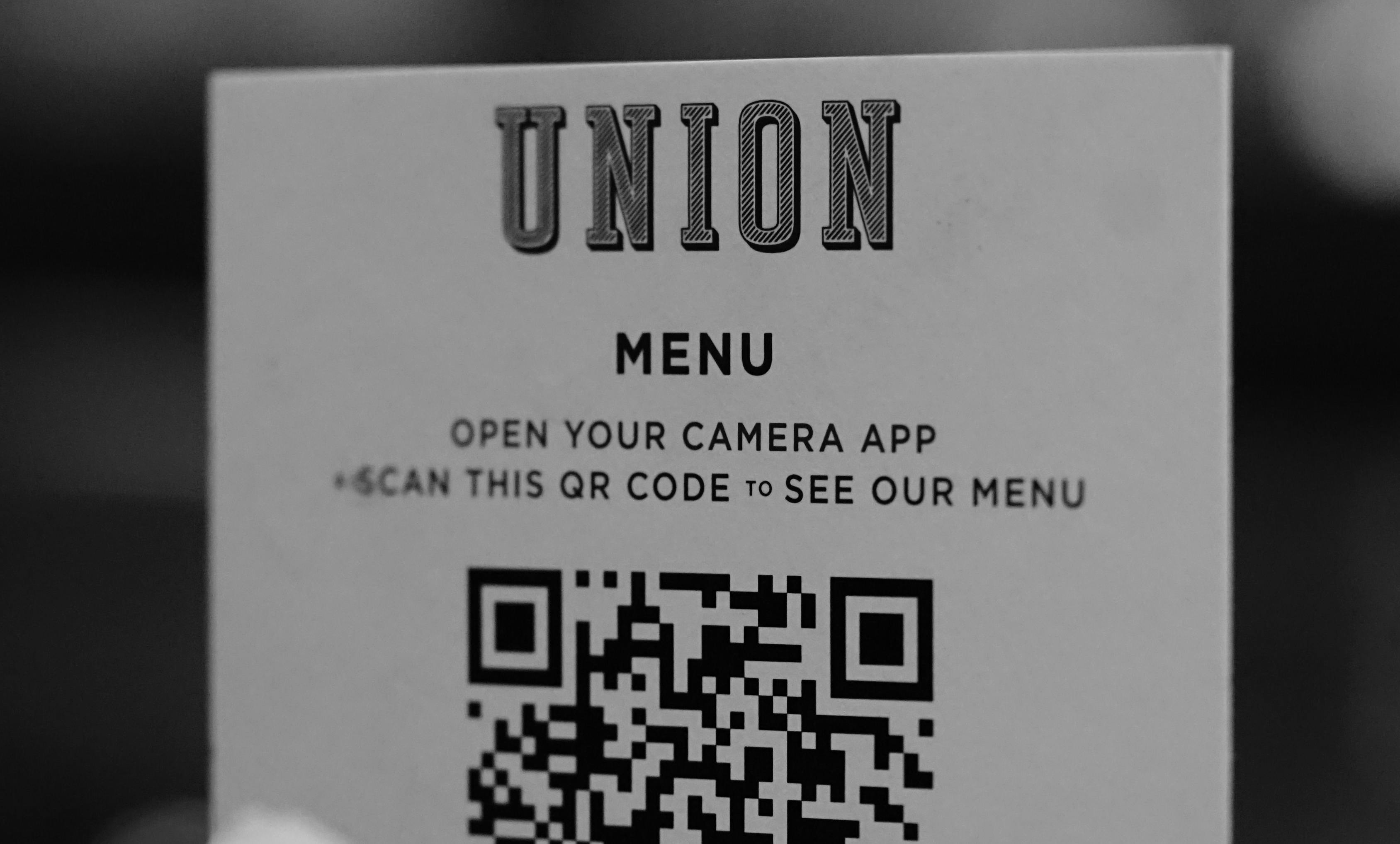
What’s the problem? Isn’t a faster, easier restaurant experience a good thing? You might think so, but that isn’t always the case. One of the most important elements of eating at a restaurant is face-to-face interaction with others. Critics of QR codes argue that they cut down on this interaction, taking the fun and romanticism out of dining. Reading a QR menu means looking down at a phone… and away from the people you’re sharing a table with. During the pandemic, limiting contact was important for maintaining good health – now, it can just seem rude.
The purely-digital nature of restaurant QR codes also raises some worries around privacy and security. Paying a bill with a code, for example, means that patrons must use an electronic fulfillment method instead of cash. While this process does make paying faster, it can give restaurants access to customers’ banking information, which many are uncomfortable with.
As with all forms of technology, certain annoyances pop up around restaurant QR codes, too. QR tech requires a stable internet connection to work properly, which can cause issues for eaters with poor reception. The need to use small screens for QR menus harms accessibility for customers with limited vision and mobility, as well. Each of these problems can diminish an eater’s enjoyment of their meal – and their view of the restaurant they’re patronizing.
What makes restaurant QR codes worthwhile?
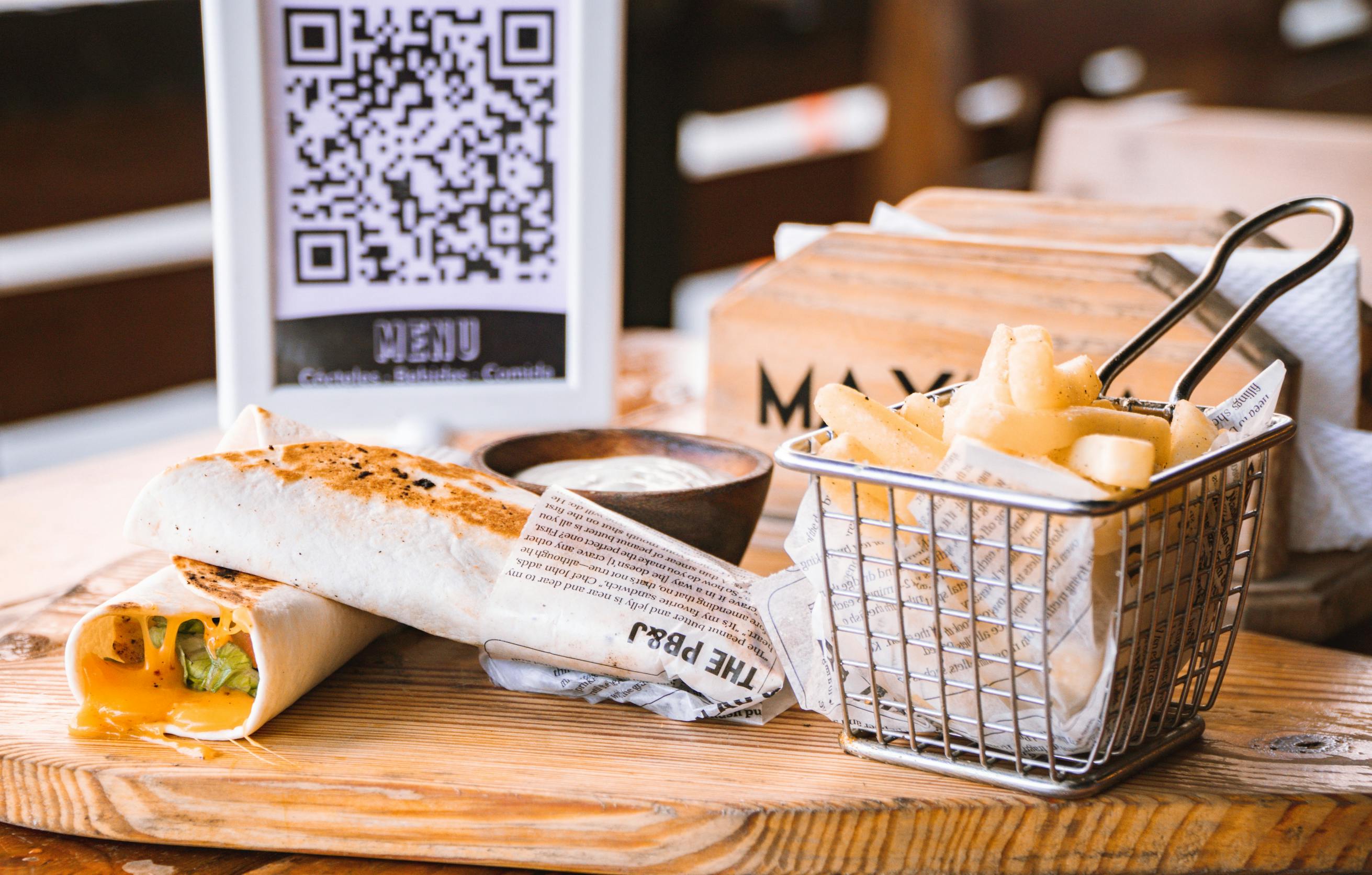
Despite the above issues, QR codes remain popular with restaurants because of their effectiveness in the dining room and beyond. Here are some abilities that restaurant owners, staff, and customers just wouldn’t have without QR tech:
#1: Easy Menu Updating

When you’re updating a paper menu, you have to apply changes from a design program to your preferred format. You must align the new menu with your printer’s (or printer store’s) capabilities, then print and distribute several copies. Consider the time, labor, and money this process takes. Then, compare it to making changes with a digital menu solution and publishing them across your QR menus instantly. Does one seem easier than the other…?
#2: Faster Table Turnover
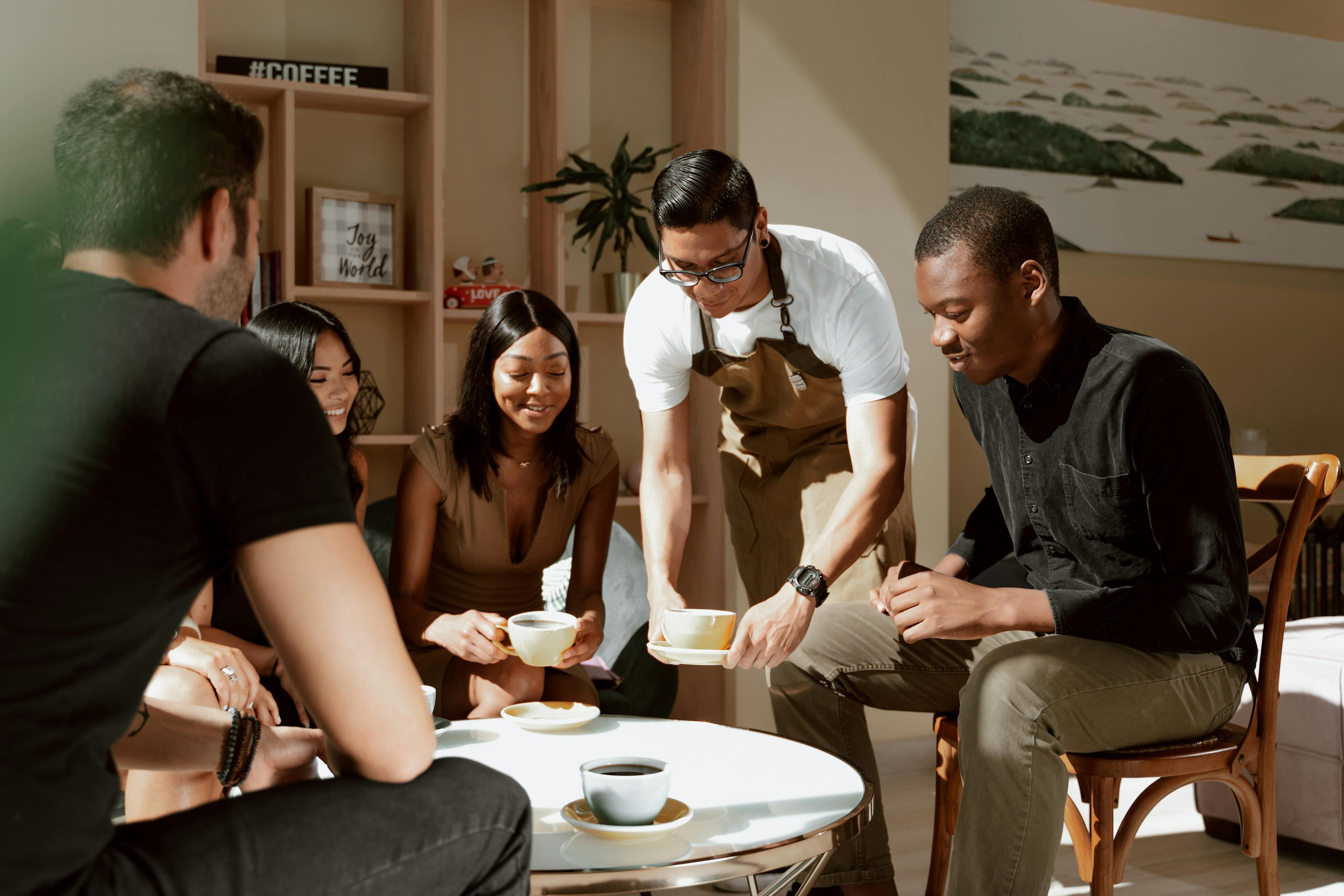
Nobody likes long wait times at a restaurant – least of all your kitchen staff. By receiving orders from QR menus the moment the customer places them, your cooks push out food faster. This lets eaters receive their meals more quickly, and helps your front-of-house bring in a steady stream of patrons. By turning tables without any unnecessary delays, you’ll be maximizing your profit – and boosting your reputation.
#3: Customer Data Collection

This is the good kind of data collection that lets you understand eaters’ tastes and preferences, not confidential details. QR menus give you powerful metrics on how, when, and why your items are ordered, helping you make informed decisions. By reviewing this information with a thorough data analysis solution, you can learn how to optimize your menu – and revenue. Without QR codes, in-house restaurant data collection isn’t nearly as informative.
#4: Better Restaurant Management
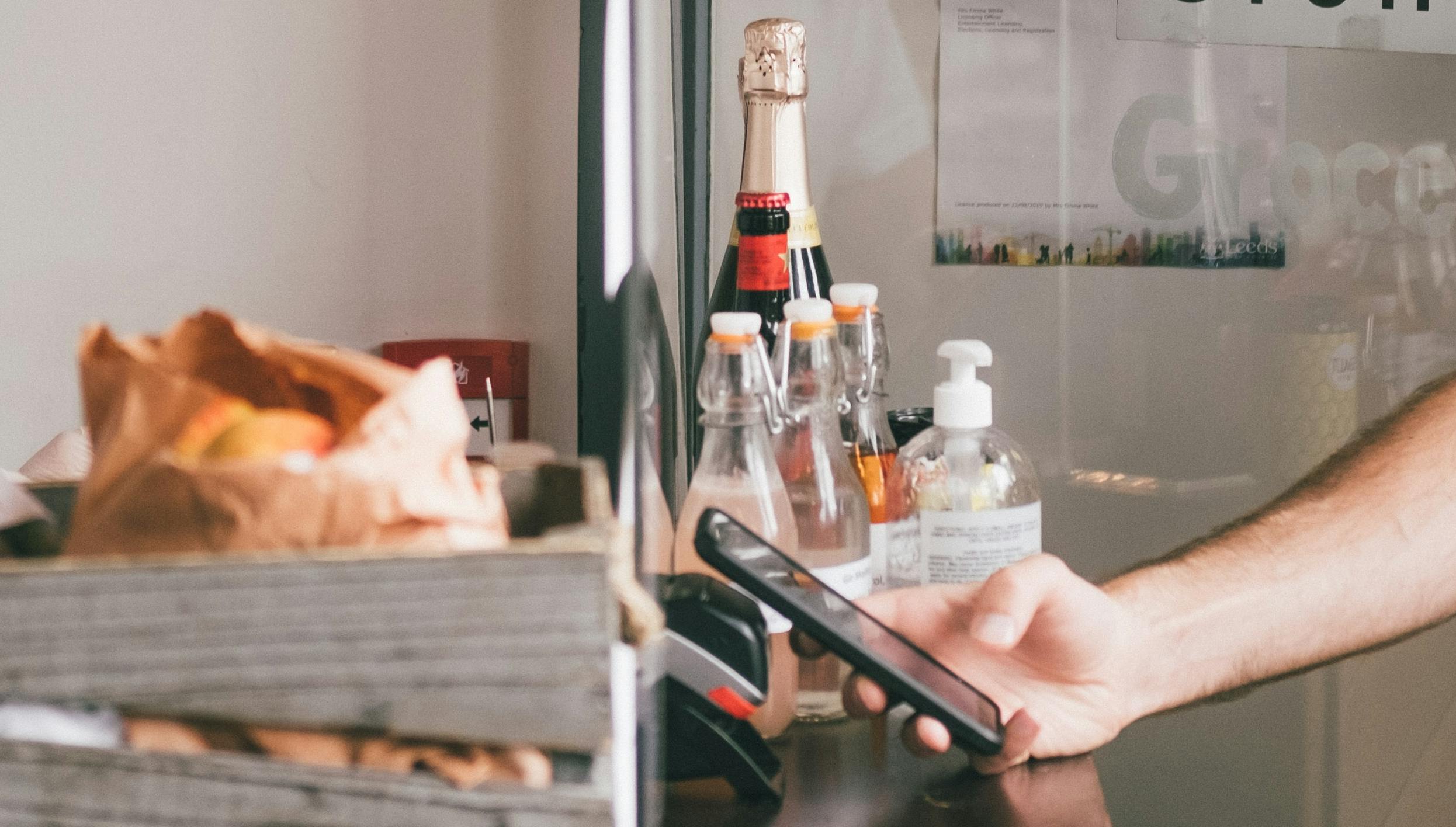
In today’s restaurants, organization across your front and back-of-house is more critical than ever before. Service issues cause major problems for your cooks, diners, and profits, so let QR codes take them off your plate. When customers place orders, make reservations, or pay digitally with QR codes, they’re sending vital information to the right places. QR tech eliminates the redundancy from restaurant processes, so every staff member can do exactly what they need to – keeping your business aligned.
Where do you stand on restaurant QR codes?
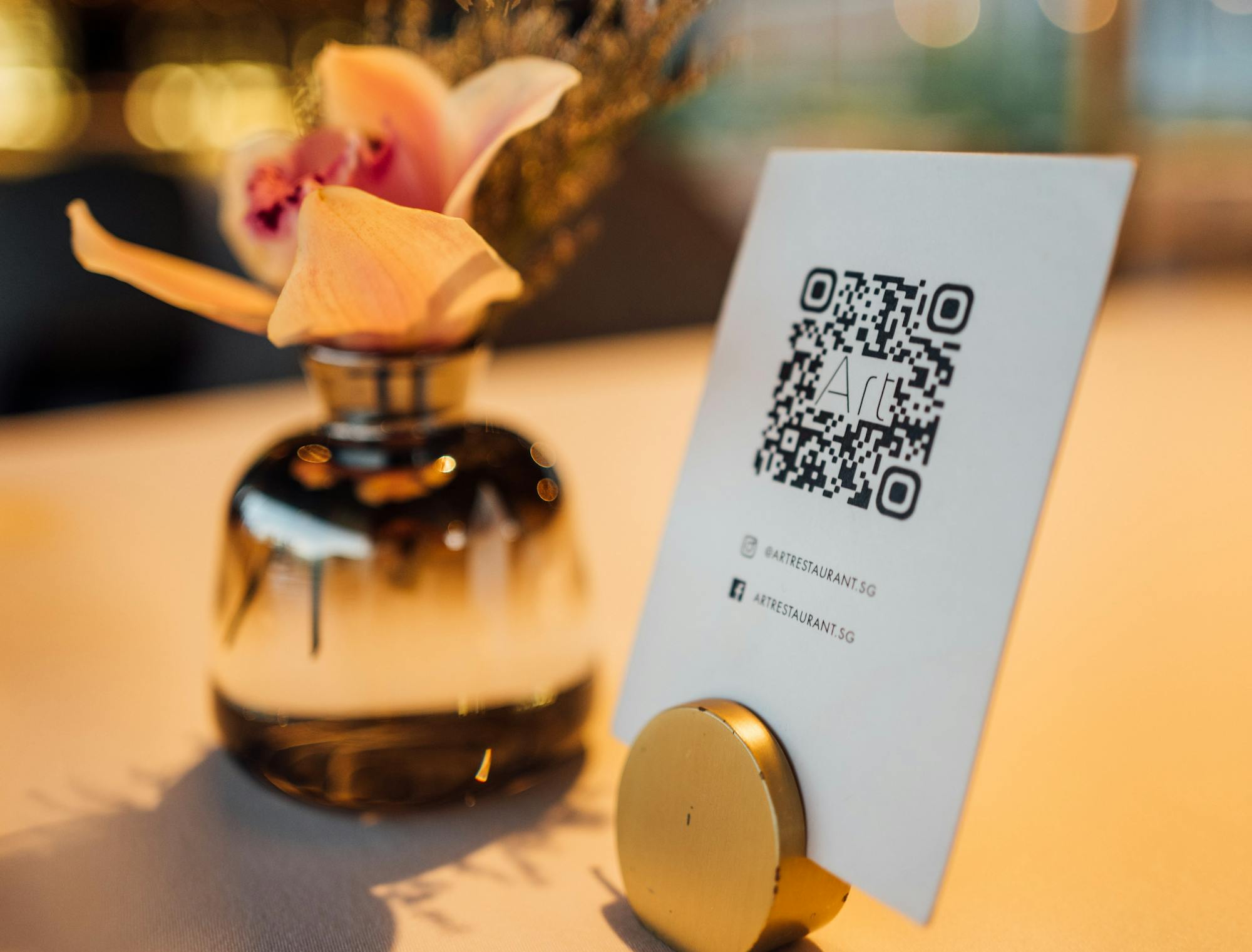
Restaurant tech is always evolving, and today’s inconvenience might be tomorrow’s innovation. Next time you encounter a QR menu (or implement one in your restaurant) consider how it impacts staff and diners. If they’re being used in intelligent, well-thought-out ways, QR codes will enhance the restaurant experience – not detract from it.
Looking to empower your restaurant with the industry’s best QR solutions? Book a demo with Otter today.

Book a demo to see how Otter’s all-in-one platform can help your restaurant thrive.